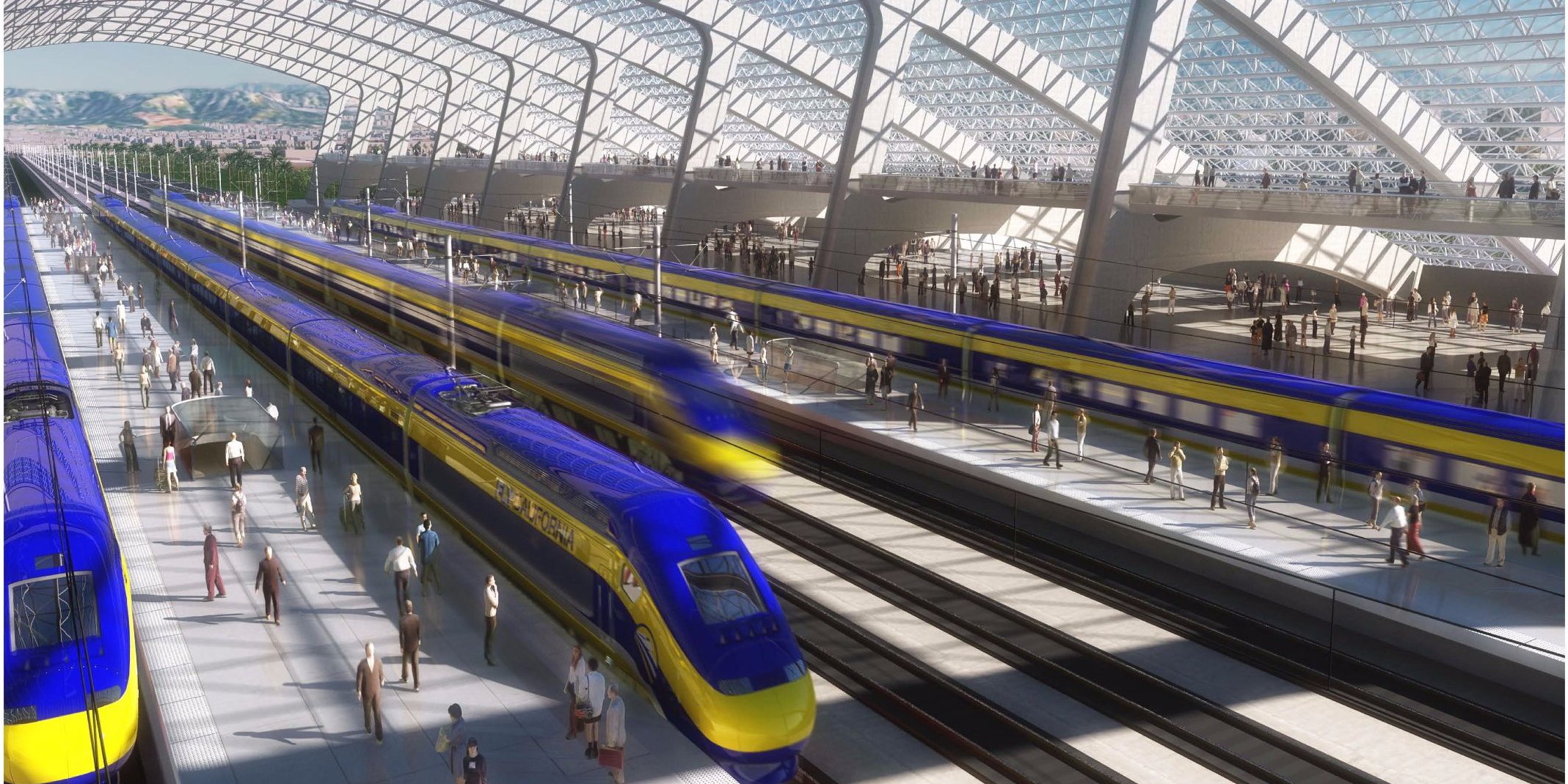Despite eliminating all of California’s high-speed rail program save for the Central Valley span between Merced and Bakersfield, the California High-Speed Rail Authority announced in its annual update that costs for the 150-mile rail line have increased by nearly $2 billion.
The increased costs are driven by three factors, the authority states in its report. The first is changes in the scope of the project, which drove up the cost by $362 million. The second factor is higher cost estimates for construction, which added another $477 million to the price tag.
And the remaining $1.52 billion was assigned for contingency planning to “manage risks.”
In total, the Central Valley span of high-speed rail will run taxpayers $12.4 billion according to the 2019 estimate from the agency.
Assemblyman Jim Patterson (R-Fresno), a regular critic of the program, argued that the report is an acknowledgement of the project’s slowly-evolving failure.
“The bottom line is this project is running out of money and they know it,” Patterson said of Gov. Gavin Newsom and rail authority executives. “Between now and whenever that last dollar is spent, they will continue to make up fantasies in an attempt to fool us all.”
Amid a number of challenges in completing the initial span of rail line, the authority is on a time crunch to deliver some working rail line.
It faces a deadline of 2022 to complete the shorter, 119-mile span from Bakersfield to Madera or else lose $3.5 billion in grant funding from the Federal government.
Of that $3.5 billion granted to California – $2.5 billion came from the 2009 stimulus package, and $929 million came from a later appropriations bill.
Forfeiting that grant funding would mean that California would need to repay Uncle Sam roughly $2.5 billion it has already spent on high-speed rail construction.










